Schluter Ditra
rtl850nomore
14 years ago
Featured Answer
Comments (19)
worthy
14 years agobrickeyee
14 years agoRelated Professionals
Eagle Mountain Kitchen & Bathroom Remodelers · Wood River Kitchen & Bathroom Remodelers · Chandler Kitchen & Bathroom Remodelers · Londonderry Kitchen & Bathroom Remodelers · Manassas Kitchen & Bathroom Remodelers · Ogden Interior Designers & Decorators · Belleville General Contractors · Chowchilla General Contractors · Fridley General Contractors · Goldenrod General Contractors · Midlothian General Contractors · Norfolk General Contractors · Rock Island General Contractors · University Park General Contractors · Winfield General Contractorshomebound
14 years agohomebound
14 years agoworthy
14 years agohobz
14 years agobrickeyee
14 years agosierraeast
14 years agosalmon_slayer
14 years agoMongoCT
14 years agoweedyacres
14 years agotyler_ss
13 years agoecranny
13 years agoRandellL_Ramos_yahoo_com
13 years agoworthy
13 years agodavidro1
13 years agoosakans
13 years agoworthy
13 years ago
Related Stories

REMODELING GUIDESTransition Time: How to Connect Tile and Hardwood Floors
Plan ahead to prevent unsightly or unsafe transitions between floor surfaces. Here's what you need to know
Full Story
FLOORSWhat to Ask When Considering Heated Floors
These questions can help you decide if radiant floor heating is right for you — and what your options are
Full Story
BATHROOM DESIGNWarm Up Your Bathroom With Heated Floors
If your bathroom floor is leaving you cold, try warming up to an electric heating system
Full Story
BATHROOM DESIGNHow to Settle on a Shower Bench
We help a Houzz user ask all the right questions for designing a stylish, practical and safe shower bench
Full Story
KITCHEN DESIGNKitchen of the Week: Exquisite Artistic Backsplash
Rippling colored glass forms an imaginative wall, while a clever layout embraces practicality in this stunning Texas kitchen
Full Story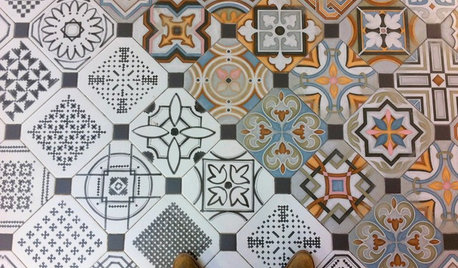
EVENTSTile Goes High Tech at Italy's Big Expo
Cutting-edge methods are creating tile looks from handmade to avant-garde, as seen as CERSAIE 2013
Full Story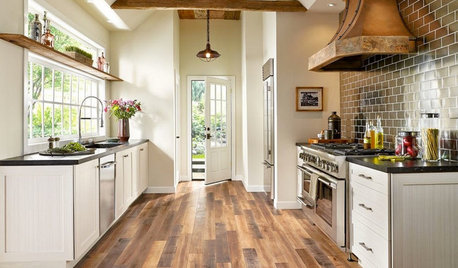
MOST POPULARPros and Cons of 5 Popular Kitchen Flooring Materials
Which kitchen flooring is right for you? An expert gives us the rundown
Full Story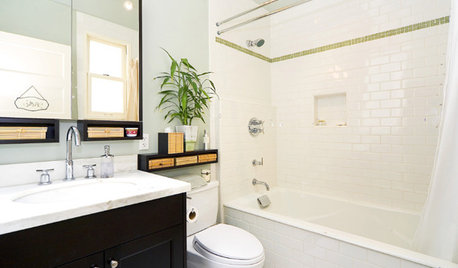
BATHROOM DESIGN7 Tile Tips for Baths on a Budget
How to Add Style to Your Bathroom Without Breaking the Budget
Full Story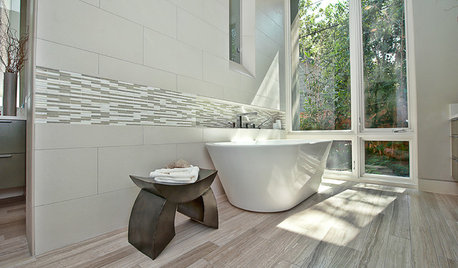
BATHROOM DESIGNHow to Match Tile Heights for a Perfect Installation
Irregular tile heights can mar the look of your bathroom. Here's how to counter the differences
Full Story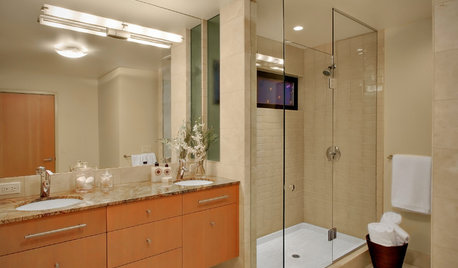
BATHROOM DESIGN7 Reasons Why Your Shower Floor Squeaks
No one wants to deal with a squeaky fiberglass shower floor. Here's what might be happening and how to fix it
Full Story






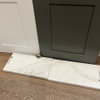
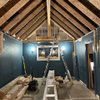
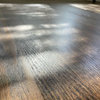
MongoCT